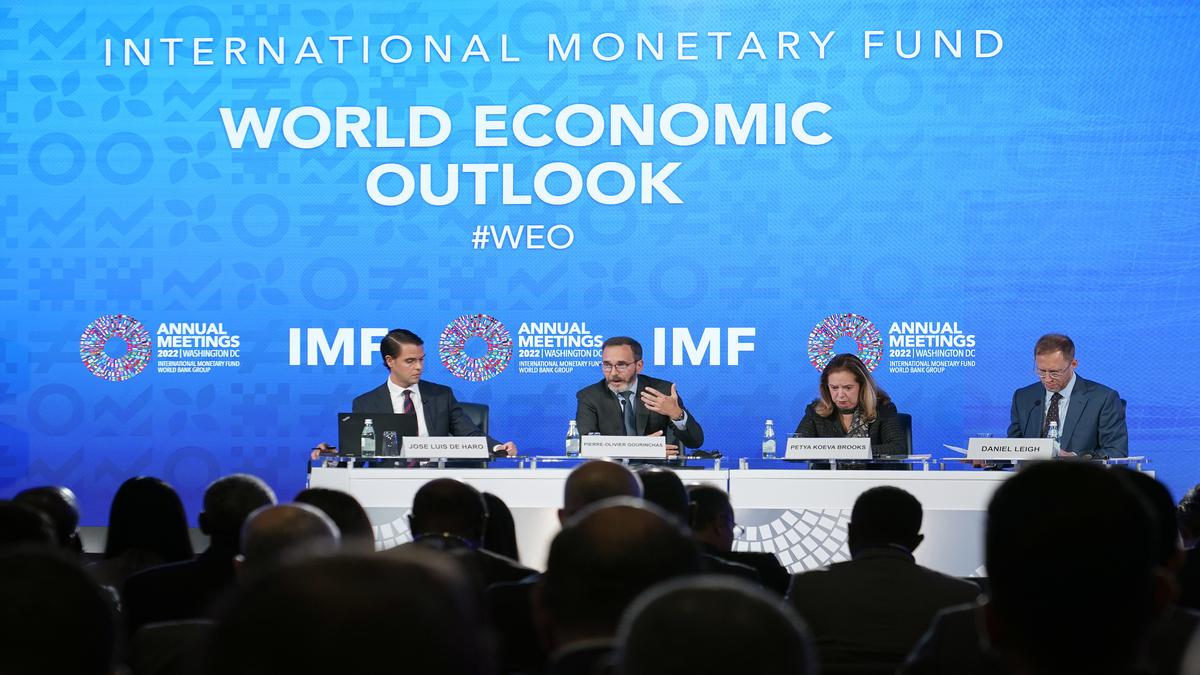

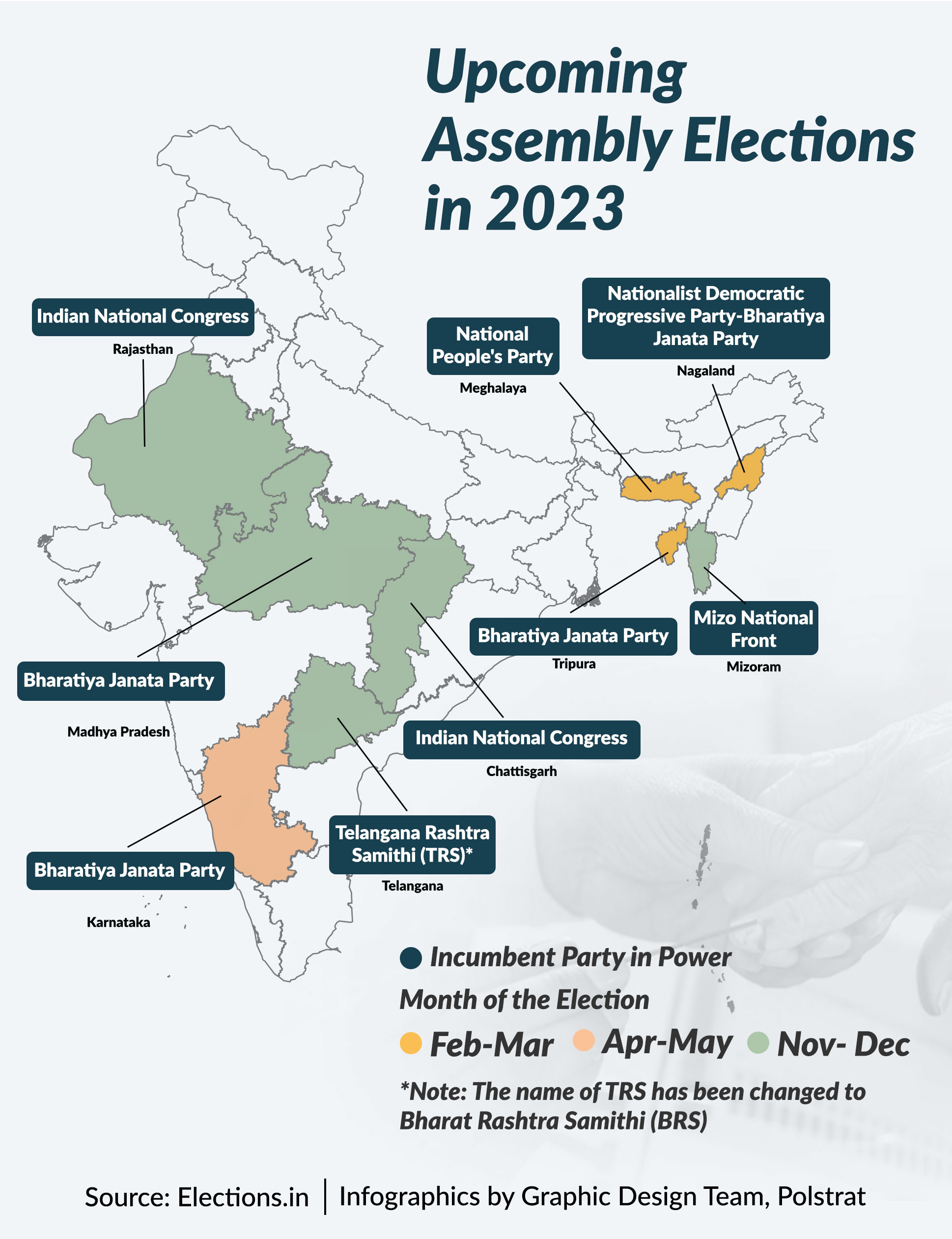
As 2022 comes to a close, a reflection on the year gone by reveals developments that left a significant impact on the landscape of India. Politics in India changed on a momentous scale through the year, from the emergence of another national party to the result of seven assembly elections and the Congress’ Bharat Jodo Yatra. The economy of the country, on the other hand, saw a rising domestic inflationary trend, as the country emerged as the fifth largest economy in the world, by some estimates. The country continues to reel under an economic revival muted by COVID-19, as the pandemic sees another global rise in cases. Events of 2022 will change how the coming year shapes the political and economic outlook of India, especially as we inch closer to the 2024 Lok Sabha elections.
A year-end analysis takes a look at the major political and economic developments of the country through the year.
Assembly elections were held in seven states this year – Goa, Punjab, Uttar Pradesh, Uttarakhand, and Manipur in February and March, and in Himachal Pradesh and Gujarat in November and December. Elections in February and March saw the Bharatiya Janata Party (BJP) win in four of the five states, as the Congress lost power to the Aam Aadmi Party (AAP) in Punjab. The highlight of the elections was the AAP’s victory in Punjab, winning 92 of 117 seats, making it the third party in the country, behind the BJP and Congress to be in power in more than one state. During the November-December elections, BJP for the seventh time consecutively came into power in Gujarat overtaking its own vote share. Himachal stayed true to its anti-incumbency trend as it voted the BJP out of power and brought in the Congress party by a paltry margin of votes. However, just as the year began with AAP’s meritorious victory in Punjab, the closing of the year brought AAP closer to national politics as the party’s vote share in Gujarat pushed it to national party status.
The middle of the year saw the elections for the 15th President of India as ruling NDA’s Droupadi Murmu defeated the opposition’s Yashwant Sinha for India’s top post. Hailing from Odisha, Murmu became the first tribal woman to hold the position. She won by securing 64.03 per cent of valid votes polled, more than what was openly declared in her support and pointed towards crossvoting in her favour from the opposition aisles.
Following the presidential elections, NDA candidate and former governor of West Bengal Jagdeep Dhankhar contested against the opposition’s Margaret Alva for the Vice-Presidential elections. Dhankhar was sworn in as the 14th Vice-President of India after securing 528 of the 710 valid votes.
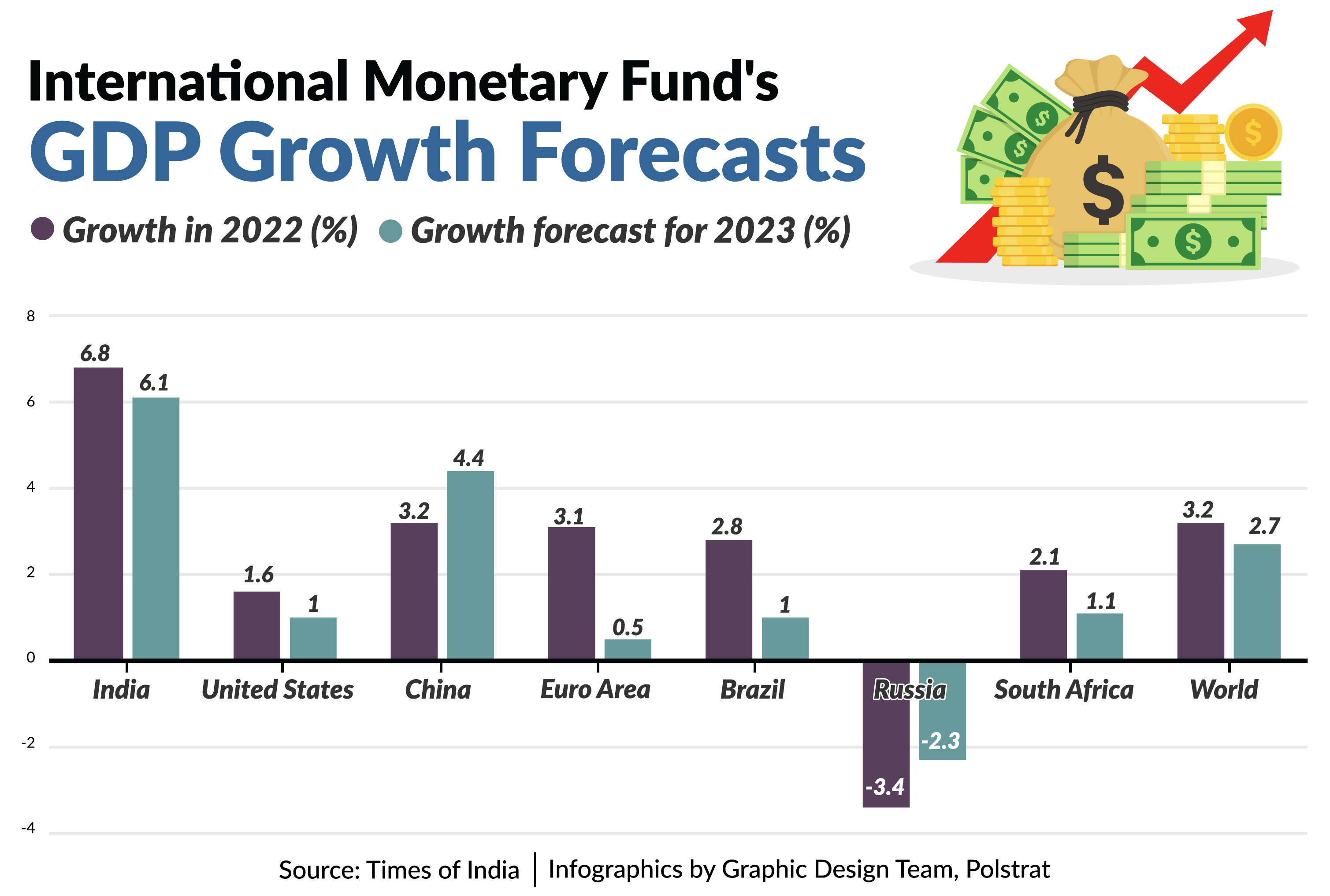
The year witnessed political crises in two big states in India. In Maharashtra, state politics upended as the Maha Vikas Aghadi alliance government comprising Shiv Sena, Nationalist Congress Party (NCP), and Congress, led by Sena’s Uddhav Thackeray, lost power in the state. Shiv Sena came to splits as party leader Eknath Shinde rallied 40-odd MLAs to the other side. This gave rise to the emergence of the Eknath Shinde-led Shiv Sena faction and BJP’s alliance government in the state. The development, on one hand, changed the face of the Shiv Sena as the party broke into two parts and on the other, gave the BJP an opportunity to send a message to its potential partners as Devendra Fadnavis took oath as Deputy Chief Minister in spite of being the bigger party with a larger share of MLAs in the Assembly. In Bihar, the BJP witnessed a shocker as JD(U)’s Nitish Kumar, in his classic fashion jumped ship from the current NDA alliance to once again join the Mahagathbandhan with the Rashtriya Janata Dal (RJD) and Congress. The Chief Minister led his party out of the alliance with its 2020 election partner BJP in spite of the latter’s many efforts to accommodate the erratic leader. The Mahagathbandhan alliance, back in formation five years after Nitish jumped over to the BJP camp, has witnessed a stable government since then with RJD’s Tejaswi Yadav as the Deputy CM. However, Nitish Kumar has already given indications towards his interest in playing a role in national politics, a development crucial to the 2024 Lok Sabha polls.
While 2022 did not favour the Congress party on the electoral front with losses in six of the seven states, the party has been attempting to make amends to its image, on the decline since it lost the national election to the BJP in 2014. Through its Bharat Jodo Yatra, led by former party president Rahul Gandhi, the party aims to cover the length and breadth of the country, its biggest ever undertaking in decades. Political analysts have viewed the yatra as an attempt to refurbish Gandhi’s personal image while bringing the party back to the centre of national politics. The yatra began on 7th September from Kanyakumari in Tamil Nadu and recently completed a 3,000-kilometre journey in 100 days.
Amidst Rahul Gandhi’s Bharat Jodo Yatra which will culminate in Kashmir, the party went through its crucial presidential polls, overdue for more than two years now. Mallikarjun Kharge became the party’s national president, securing 84.14 per cent of the votes and defeating challenger Shashi Tharoor. The elections have finally given the party a full-time president in an environment where it is in desperate need of leadership.
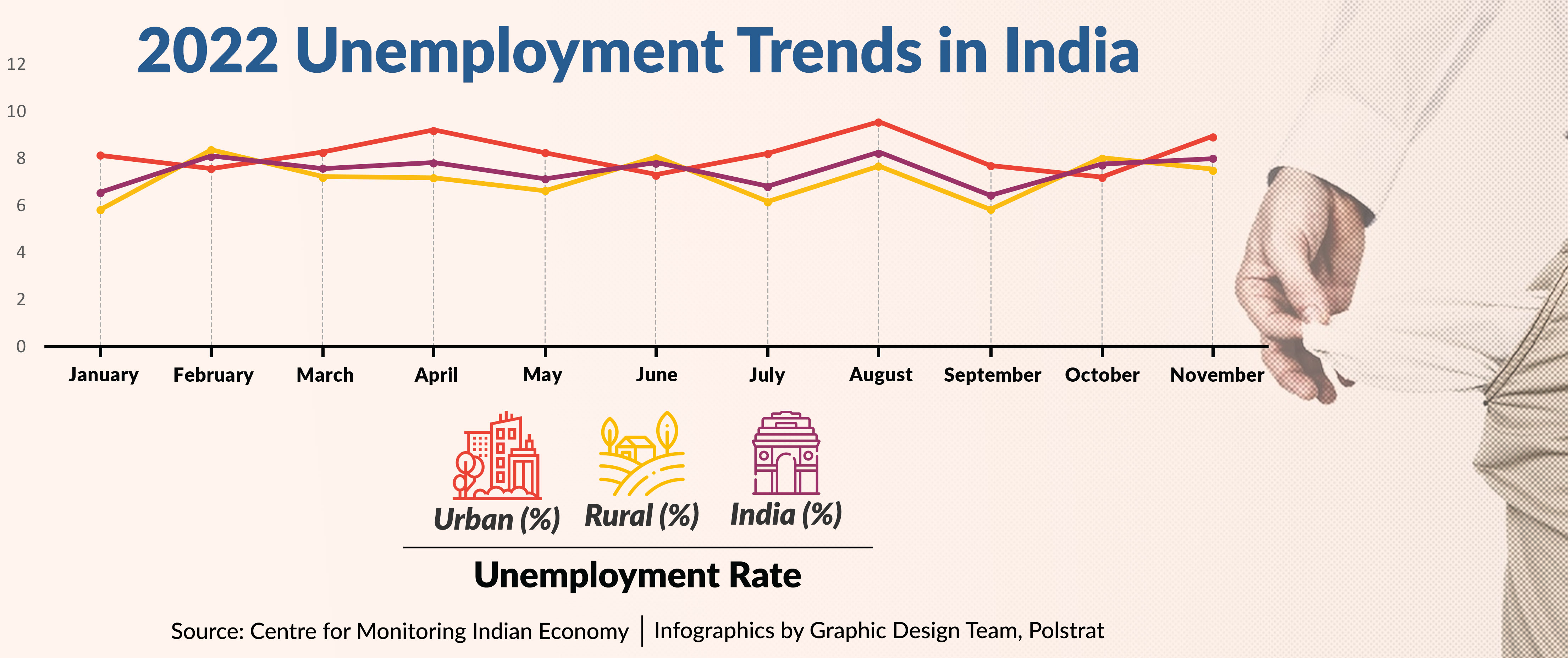
As the country continues to fight against COVID-19’s negative impact, employment remains an area where limited gains have been made. As we transitioned into 2022, the unemployment rate in India stood at 7.91 per cent in December 2021, as per the Centre for Monitoring Indian Economy (CMIE) estimates.
According to experts, a large share of unemployment has been concentrated in the urban areas of the country, even as most job opportunities created in the later months of 2022 were in rural areas. In the last 17 months, India’s unemployment figures crossed the 8 per cent mark on three occasions, surging to a one-year high of 8.28 per cent in August 2022. The month witnessed erratic rainfall, impacting sowing activities and thereby translating into lower rural employment. At the time, urban unemployment touched sky-high figures at 9.6 per cent while rural unemployment came up to 7.7 per cent. As of November 2022, the unemployment rate in both areas has come down marginally, closing at a combined average of 8 per cent.
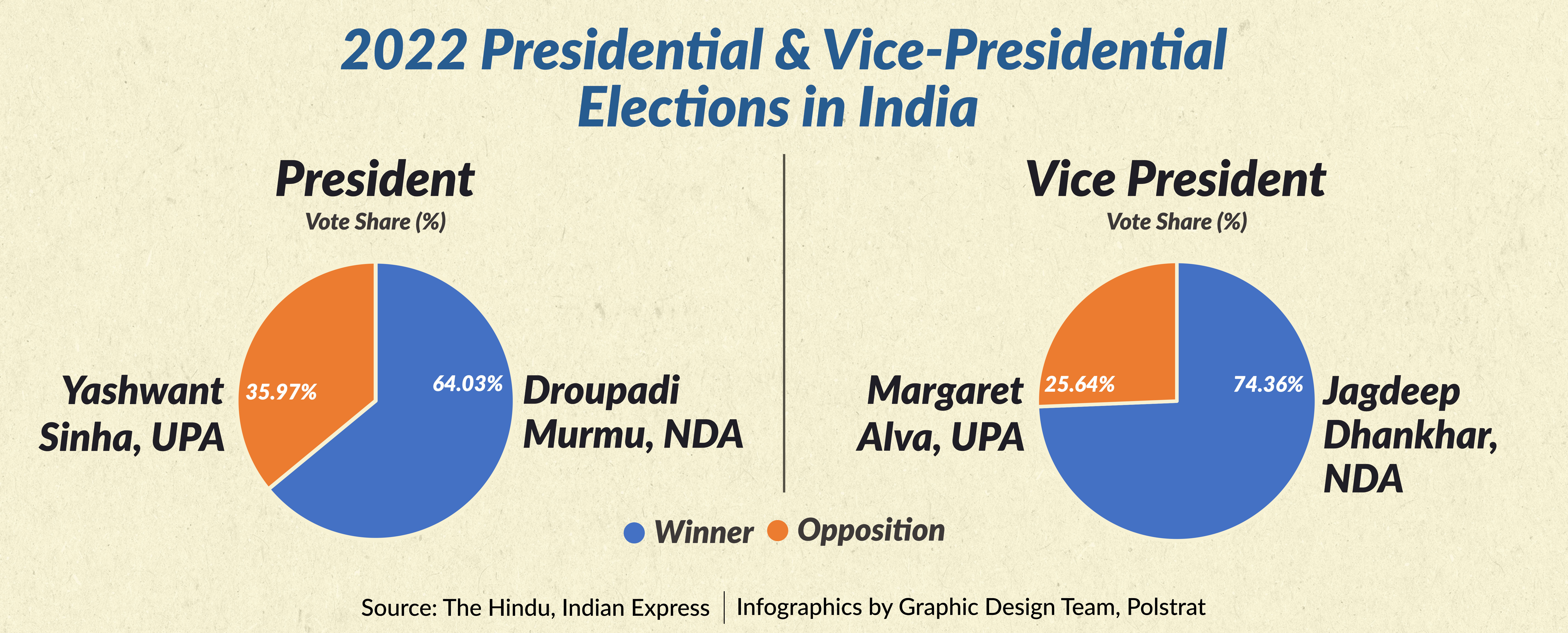
The Russia-Ukraine conflict that began in early 2022 put immense pressure on global supply chains and consequently, impacted inflation at a global level. In India, both wholesale and retail inflation has been affected by international and domestic developments. However, price rise appears to have come under control by the year-end as retail inflation fell to an 11-month low of 5.88 per cent in November 2022 from an eight-year high of 7.79 per cent in April 2022.
Retail inflation or the Consumer Price Index (CPI) inflation breached RBI’s 6 per cent upper threshold for ten consecutive months before easing in November 2022. In April 2022, rural inflation breached all records to scale at 8.4 per cent while price rises in urban areas stopped at a lower 7.1 per cent as overall retail inflation was recorded at an eight year high of 7.79 per cent in the same month. According to analysts, a global surge in crude oil prices in the past year impacted costs of food, fuel, electricity, transport, and communication.
As the country completed 75 years of independence, economic growth in the last few years helped India pass the United Kingdom to become the fifth-largest economy between the last three months of 2021 and the first quarter of 2022. The rise in India’s economic stature at the international level comes against the backdrop of the pandemic-induced slowdown as the Omicron wave subsided in the second month of 2022. Since then, the country has witnessed several highs and lows in growth and inflationary trends as the Reserve Bank of India (RBI) took cautious steps to deal with it. From a low of 1.6 per cent GDP growth rate in March 2021, the country’s GDP grew at 5.4 per cent in February 2022 before rising up to 13.5 per cent in August 2022. Sectors such as mining and manufacturing experienced a decrease in activity in the last few months of 2022. When combined with high inflation, weak exports, and increased input prices in certain sectors, the GDP growth came down nearly half to 6.3 per cent by end of November 2022.
According to IMF’s estimates for the year 2022, India’s GDP growth rate stood at 6.8 per cent as against the international average of 3.2 per cent. Other major economies have also experienced muted growth in GDP as the United States recorded 1.6 per cent growth, China 3.2 per cent, and the Russian economy contracted by 3.4 per cent.
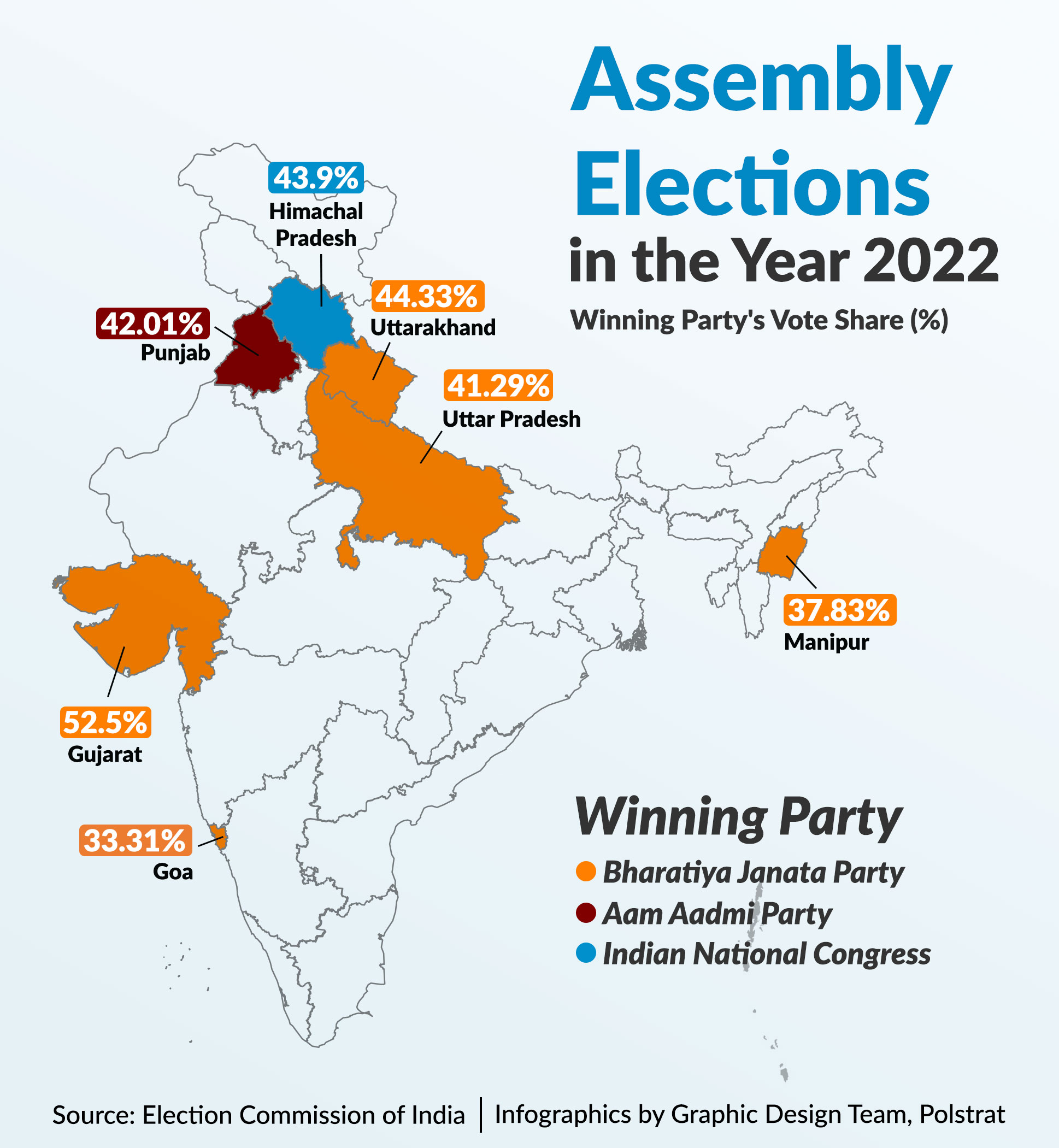
BJP’s hold on more states while throwing in new challenges with Congress’ Bharat Jodo Yatra and the AAP’s national party status. Another major development that will likely have an impact on the political topography of the country before the 2024 Lok Sabha is the transition of Telangana Rashtra Samithi (TRS) into Bharat Rashtra Samithi (BRS) led by Telangana Chief Minister and TRS founder K Chandrashekar Rao. The leader has been vocal about his national aspirations for some time and joins a list of other leaders such as Bihar’s Nitish Kumar, AAP’s Arvind Kejriwal, and West Bengal CM Mamata Bannerjee showing interest in venturing into national politics. The developments will likely have a deep impact on the national political situation as opposition parties might aim to create another united alliance against the BJP before the crucial 2024 Lok Sabha elections. Amidst the political churning and bird’s eye focus on the next Lok Sabha elections, economic headwinds have created challenges for both national and state governments. Several factors out of the government’s control have been driving the economy even as the government struggles to invest and provide the required support to the economy through spending and infrastructure boost and the RBI’s policy measures.
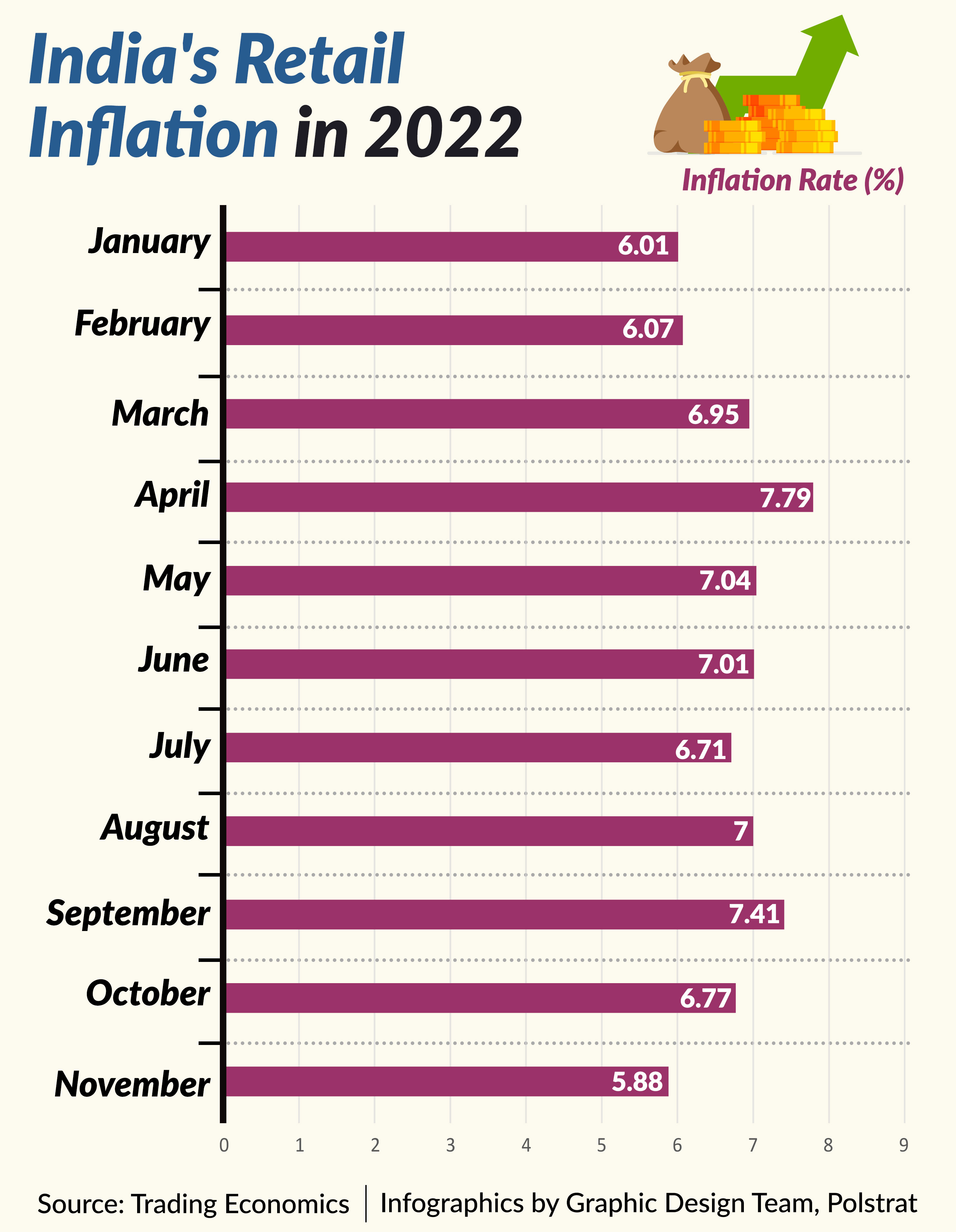
As COVID-19 makes a u-turn and cases are seen rising across the world, an adverse situation in China will pressurise the domestic economy as well. Elevated food and fuel prices due to the Russia-Ukraine conflict are further threatening to upend the fight against inflation. Both the government and the RBI will have to take measured steps while keeping an eye on international developments as the country aims to make another revival from lost ground during previous COVID-19 waves.
